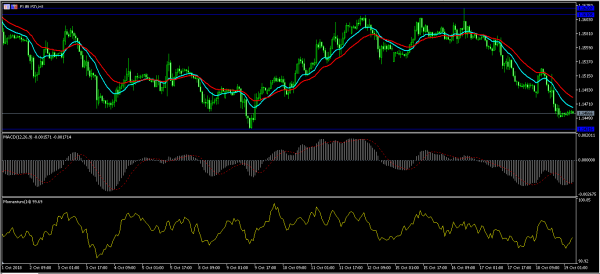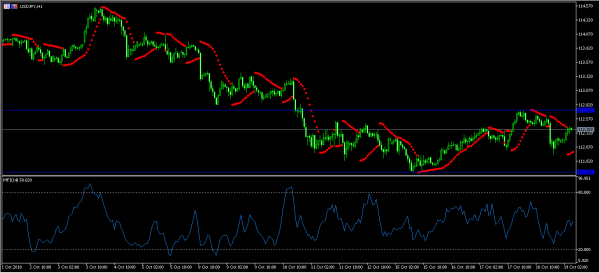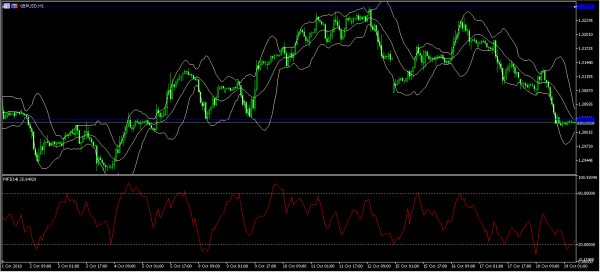The US markets ended the day lower in a volatile trading day in Wall Street. The Dow Jones, S&P, and Nasdaq fell by 465, 53, and 85 points respectively as traders worried about trade, rising interest rates, and the ongoing debacle about Saudi Arabia. The declines accelerated after Treasury Secretary Steven Mnuchin announced that he would not participate in Saudi’s Future Investment Initiative summit. Investors and policymakers have pulled out of the conference following the disappearance of Jamal Khashoggi two weeks ago. As a result of the Wall Street losses, European futures point to a mixed open with the DAX rising by 24 points while Stoxx and CAC decline by 40 and 90 points.
Asian markets were mixed even as China released disappointing GDP numbers. In the third quarter, the economy expanded by 6.5%, which was lower than the 6.7% growth in the second quarter and the 6.6% traders were expecting. Furthermore, industrial production in September rose by an annual rate of 5.8%, which was lower than the expected 6.0%. This slowdown in growth was mostly organic and not attributed to trade because China’s exports to the US have continued to increase. On the upside, retail sales rose by 9.2%, which was higher than the 9.0% that traders were expecting. This was likely because of the week-long holiday which took place to commemorate the country’s founding.
The Japanese yen was little moved in the Asian session after the country released inflation data. The numbers from Japan’s Bureau of Statistics showed that the national CPI rose by an annualized rate of 1.2%, which was lower than the previous 1.3%. The national core CPI rose by 1.0%, which was in line with the consensus estimate. While Japan’s economy continues to improve, the country has been unable to stimulate inflation.
EUR/USD
Last week, the EUR/USD pair rose from 1.1430 and reached a weekly high of 1.1610 on Friday. On Monday, the pair fell slightly and resumed the upward momentum, ultimately reaching a high of 1.1620. After that, the pair started to fall and today, it reached a low of 1.1456. As the pair declined, it formed an inverted cup pattern on the hourly chart below. The double EMA shown below coupled by the MACD and the momentum indicator show that the downward momentum will likely continue. If it does, it will find support at the previous low of 1.1430.]
USD/JPY
The Japanese yen fell slightly against the USD after Japan’s CPI numbers were released. The pair moved from 111.94 to an intraday high of 112.43. This week, the pair has moved from a low of 111.62 and moved to a high of 112.72. On the hourly chart below, the Parabolic SAR indicator shows that the pair will likely continue moving higher. However, this could be a false forecast because the pair continues to trade in thin volumes.
GBP/USD
Last week, GBP/USD was among the best-performing pairs gaining from 1.2920 to a weekly high of 1.3257. This was a 2.6% gain and came about as hopes for a Brexit compromise increased. This week, most of the previous gains have been wiped away as the EU and UK talks hit a deadlock. In the Asian session, the pair was a little moved. With no major data from the UK and the US, the pair will likely continue with the path of little resistance and possibly continue to decline.

















